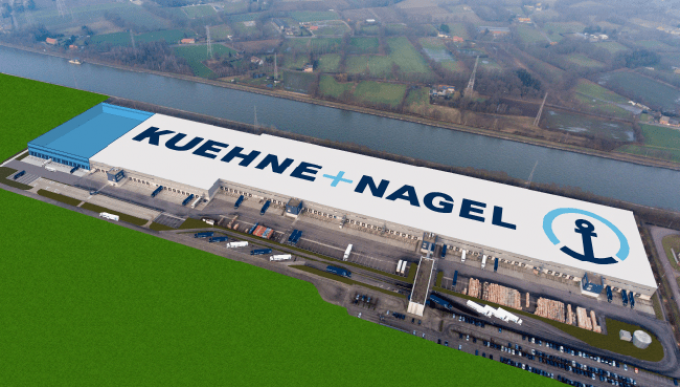Peek through 'the veil of ignorance' with DSV, DHL, K+N & Mærsk
Spot the outcome, if you can

Kuehne + Nagel’s decision to sell 24.9% of Apex, which it bought in May, is part of a wider strategy to identify more M&A opportunities in the Asia Pacific region, it said yesterday.
K+N announced in July it would sell part of its stake to Partners ...
CMA CGM South Korean staff strike over bonuses after bumper 2024 profit
'Another painful headache for shippers' as Asia-N Europe rate rally ends
Amazon Air Cargo partners-up for new transpacific route into the US
MSC switches two more Asia-Europe port calls from congested Antwerp
Ports and supply chain operators weigh in on funding for CPB
Nightmare for Bangladeshi exporters as congestion and tariffs bite
Carriers introduce surcharges as congestion builds at African ports
CMA airline returns two freighters, while ANA takeover of NCA looms

Comment on this article